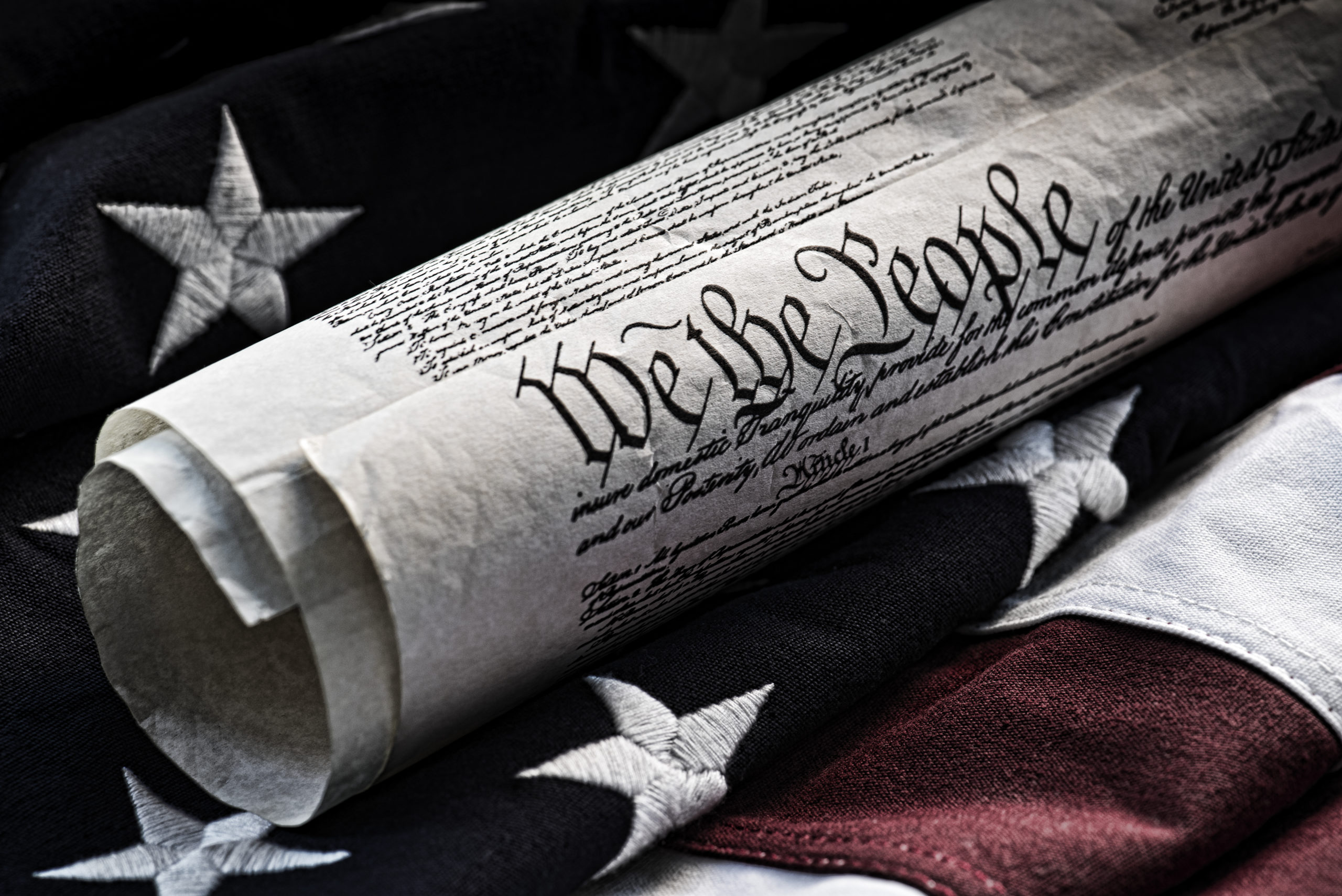In 1876, Frederick Augustus Muhlenberg was preparing to leave his post in Allentown as president of the college named for his family. He would move to Philadelphia for a position at University of Pennsylvania. The city was one of the largest in the world and was abuzz with the Centennial Exposition which attracted an unprecedented 10 million visitors.
Muhlenberg family members were a fixture in Pennsylvania public life for generations. They served at the highest levels of elected office, the military, business, the Lutheran Church and academia.
Dominating the news that fall was the upcoming presidential election pitting Democrat Samuel J. Tilden, the 25th governor of New York, against the staunch abolitionist Republican governor of Ohio Rutherford B. Hayes.
As Muhlenberg was getting acquainted with his students and his new hometown, Election Day in Pennsylvania came and went without much fanfare. Both campaigns knew it would be a hard-fought contest with the nominees each from adjacent states. Ultimately, Rutherford B. Hayes won Pennsylvania by less than 18,000 votes, approximately 2.4% of the total cast.
The real contest was just beginning. News media and the broader Pennsylvania public were on edge and had no precedent to digest what was unfolding. In an age before the internet and cable television, the elected, appointed and judicial leaders of the nation slowly realized a constitutional crisis was upon the nation.
The inauguration was not until March 4, but the republic which the Founding Fathers envisioned just a century prior seemed close to a breaking point. The country was divided into regional and ideological tribes. Many in Pennsylvania were tired of their tax dollars being spent to rebuild the South. However, what divided Pennsylvania congregations, classrooms and dinner tables most that fall were rumors of mass voter suppression from the highest levels targeting freed slaves. Other reports of voting twice and shredding ballots swirled.
Ultimately, it seemed clear that Gov. Tilden won the national popular vote. The first margin of Electoral College votes also seemed to favor Tilden 184 to 165.
In an age when information traveled a fraction of the speed it does today, President Ulysses S. Grant ordered his generals to be on high alert. Everyone assumed riots in the streets the weekend after Election Day. What the generals and the law of the land could not address was the incredibly gray area of the 12th Amendment which lays out how the Electoral College votes for president and vice president. This was added to the Constitution in 1804, but unlike the Bill of Rights few had paid much attention to it.
Impassioned political rhetoric dominated the Thanksgiving and Christmas seasons. The nation was on edge with the real fear of mass rioting. Immigrant and Black populations were keenly aware of the specter of violence. Cooler minds tried to allay fears and provide context in plain English. The legal question was not which candidate had a majority of the Electoral College. Rather, the matter before the divided nation was whether state legislatures could provide competing returns — could they paint a parallel picture — from the results the governor certified.
After many nerve-wracking weeks, Rutherford B. Hayes was sworn in as the 19th president carrying Pennsylvania and 20 other states. This was certified by Congress in 1877.
Political compromise led to a Southern Democrat joining his cabinet and a formal end to Reconstruction. Federal money was appropriated to massive infrastructure projects that employed voters in the states Hayes lost. Perhaps most importantly, he pledged to serve only one term.
Today, the Pennsylvania State House is controlled by Republicans while Gov. Tom Wolf is a Democrat. Unprecedented protests have occurred on the streets of Philadelphia. Our nation’s national security infrastructure is grappling with foreign threats targeting our election infrastructure and the public opinions of our voters. We know the margin in this November’s presidential election could very well be just as close as in 1876.
So what are we to do as citizens of our republic as we face the prospect of uncertainty in the 2020 post-election period? First, it’s crucial to have patience in terms of waiting for a final result. The increased use of mail-in ballots is likely to delay final counts for days or even longer. In states such as Pennsylvania, where the results could be quite close, the candidate leading on Election Day may not be the ultimate winner. Next, get informed about the election rules and processes that currently exist, and how this system may be put to the test in the post-election period. While there are many ways to become informed about these important matters, we are holding an online panel discussion, Democracy in Crisis: Elections in 2020, on Sept. 23 at 6:30 p.m. we hope provides insight into these important matters and helps spark further thought and consideration of where we may find ourselves in the days after Election Day.


